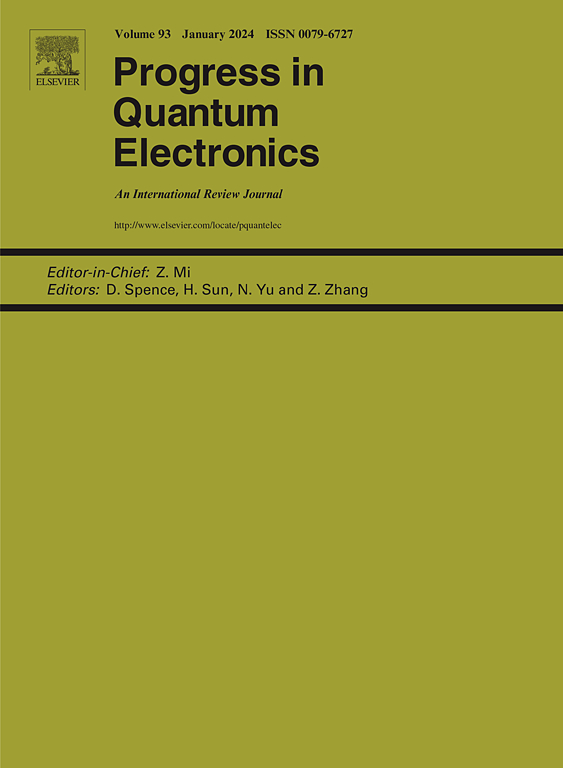Hybrid classical-quantum communication networks
IF 12.5
1区 物理与天体物理
Q1 ENGINEERING, ELECTRICAL & ELECTRONIC
引用次数: 0
Abstract
Over the past several decades, the proliferation of global classical communication networks has transformed various facets of human society. Concurrently, quantum networking has emerged as a dynamic field of research, driven by its potential applications in distributed quantum computing, quantum sensor networks, and secure communications. This prompts a fundamental question: rather than constructing quantum networks from scratch, can we harness the widely available classical fiber-optic infrastructure to establish hybrid quantum–classical networks? This paper aims to provide a comprehensive review of ongoing research endeavors aimed at integrating quantum communication protocols, such as quantum key distribution, into existing lightwave networks. This approach offers the substantial advantage of reducing implementation costs by allowing classical and quantum communication protocols to share optical fibers, communication hardware, and other network control resources—arguably the most pragmatic solution in the near term. In the long run, classical communication will also reap the rewards of innovative quantum communication technologies, such as quantum memories and repeaters. Accordingly, our vision for the future of the Internet is that of heterogeneous communication networks thoughtfully designed for the seamless support of both classical and quantum communications.
混合经典量子通信网络
在过去的几十年里,全球经典通信网络的扩散已经改变了人类社会的各个方面。同时,由于量子网络在分布式量子计算、量子传感器网络和安全通信方面的潜在应用,量子网络已经成为一个充满活力的研究领域。这就提出了一个基本问题:我们能否利用广泛可用的经典光纤基础设施来建立量子-经典混合网络,而不是从零开始构建量子网络?本文旨在全面回顾正在进行的旨在将量子通信协议(如量子密钥分发)集成到现有光波网络中的研究工作。通过允许经典通信协议和量子通信协议共享光纤、通信硬件和其他网络控制资源,这种方法提供了降低实现成本的实质性优势——可以说是近期内最实用的解决方案。从长远来看,经典通信也将获得创新量子通信技术的回报,例如量子存储器和中继器。因此,我们对互联网未来的愿景是,为经典通信和量子通信的无缝支持而精心设计的异构通信网络。
本文章由计算机程序翻译,如有差异,请以英文原文为准。
求助全文
约1分钟内获得全文
求助全文
来源期刊

Progress in Quantum Electronics
工程技术-工程:电子与电气
CiteScore
18.50
自引率
0.00%
发文量
23
审稿时长
150 days
期刊介绍:
Progress in Quantum Electronics, established in 1969, is an esteemed international review journal dedicated to sharing cutting-edge topics in quantum electronics and its applications. The journal disseminates papers covering theoretical and experimental aspects of contemporary research, including advances in physics, technology, and engineering relevant to quantum electronics. It also encourages interdisciplinary research, welcoming papers that contribute new knowledge in areas such as bio and nano-related work.
 求助内容:
求助内容: 应助结果提醒方式:
应助结果提醒方式:


